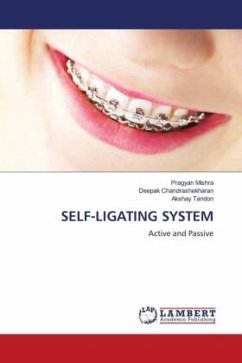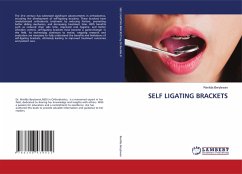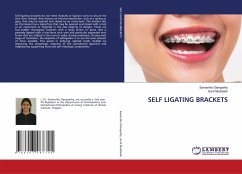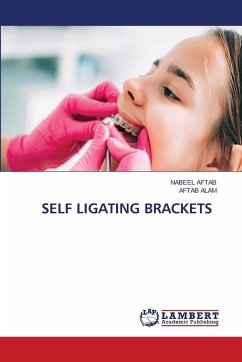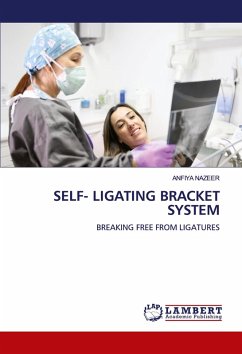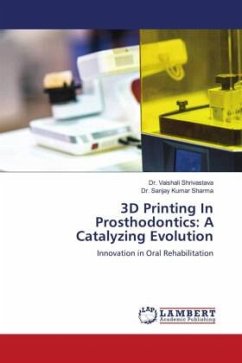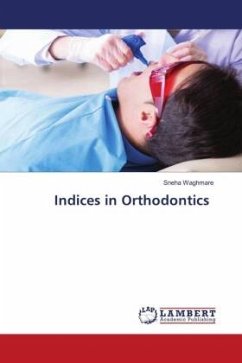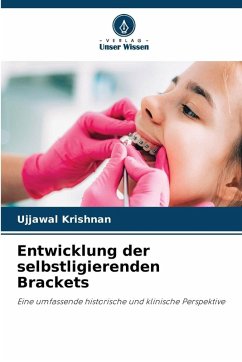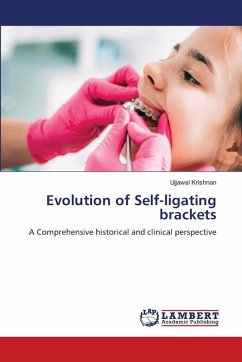
Evolution of Self-ligating brackets
A Comprehensive historical and clinical perspective
Versandkostenfrei!
Versandfertig in 6-10 Tagen
40,99 €
inkl. MwSt.

PAYBACK Punkte
20 °P sammeln!
The evolution of self-ligating brackets has been driven by the desire to reduce friction, shorten treatment times, and improve patient comfort and oral hygiene. By moving away from conventional ligatures, these brackets have reshaped orthodontic treatment philosophy, emphasizing the use of light, continuous forces for more efficient tooth movement.This significant advancement seeks to enhance orthodontic treatment's effectiveness and comfort while lowering friction.Important Turning Points in the Development: Initial Ideas (1930s-1970s): The Russell Lock attachment, the first self-ligating bra...
The evolution of self-ligating brackets has been driven by the desire to reduce friction, shorten treatment times, and improve patient comfort and oral hygiene. By moving away from conventional ligatures, these brackets have reshaped orthodontic treatment philosophy, emphasizing the use of light, continuous forces for more efficient tooth movement.This significant advancement seeks to enhance orthodontic treatment's effectiveness and comfort while lowering friction.Important Turning Points in the Development: Initial Ideas (1930s-1970s): The Russell Lock attachment, the first self-ligating bracket, received a patent in 1935. These early designs weren't very successful commercially and were frequently complicated. The Edgelok bracket, which was the first to achieve some commercial popularity, improved the idea in the 1970s.Systems that are active versus passive: Two main categories can be used to classify modern evolution.



